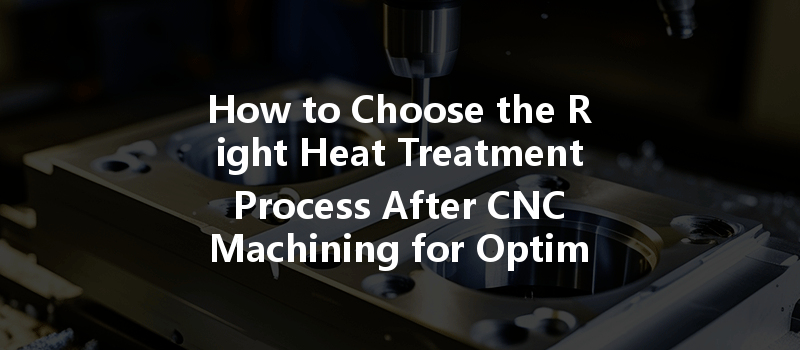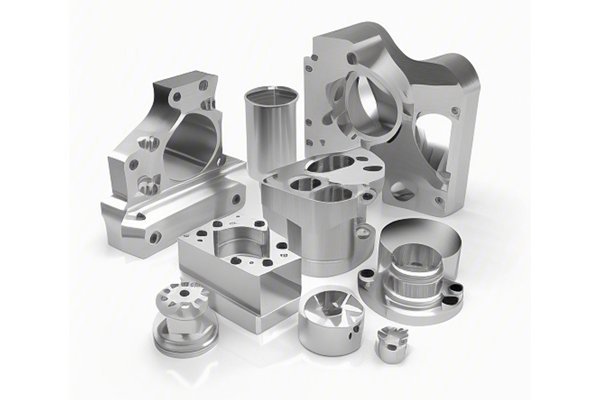Opening: The Fascinating World of Metal Treatment
Did you know that the process of heat treatment can enhance the strength, ductility, and wear resistance of metals by over 100%? In the world of manufacturing, particularly in CNC machining, choosing the correct heat treatment process can significantly influence the performance and longevity of a part. Given that CNC machining has revolutionized the manufacturing landscape by allowing for incredibly precise and complex components, the post-processing treatments such as heat treatment play a crucial role in achieving the desired end properties of a part.
The Importance of Heat Treatment in CNC Machining
CNC (Computer Numerical Control) machining involves the precise removal of material from a workpiece to create parts with defined geometries. While the machining process itself is vital, the subsequent heat treatment can unlock an even higher level of performance. Heat treatment is a controlled process where metals are heated and cooled to alter their physical and sometimes chemical properties.
The relevance of heat treatment can be stratified into several key areas:
Overview of Common Heat Treatment Processes
There are several heat treatment processes, each with its unique benefits and applications. Here are the most common methods utilized in CNC machining:
Considerations for Choosing the Right Heat Treatment Process
Choosing the right heat treatment process hinges on several key factors:

Detailed Solution to Heat Treatment Process Selection
To choose the right heat treatment after CNC machining, a systematic approach can be beneficial. Here’s a detailed outline to assist you with the selection process:
Step 1: Material Analysis
Step 2: Define Mechanical Requirements
Step 3: Evaluate Component Design
Step 4: Select Heat Treatment Process
Step 5: Prototype Testing
Step 6: Quality Control and Verification
Ending: Concluding Thoughts
The process of selecting the right heat treatment after CNC machining is not just an operational consideration, but a critical element in ensuring the longevity and performance of components in various applications. The right heat treatment can lead to increased strength, enhanced wear resistance, and optimal performance, whereas poor selection can result in failures and additional costs.
As industries continue to evolve and place more emphasis on precision and performance, understanding and applying the appropriate heat treatment processes can give businesses a competitive edge. In a landscape where the burden of quality assurance is high, making informed choices about post-machining processes can galvanize efficiencies and product reliability.
Final Reminders
If you’re involved with CNC machining or metal component manufacturing, take the time to fully understand the implications of heat treatment. It’s where the magic of metallurgy often truly happens, turning machined parts into high-performance components ready to take on real-world challenges.
As you navigate through your manufacturing processes, never underestimate the importance of choosing the right heat treatment process. Your components deserve it, and your end-users will thank you for the performance that follows. Happy machining!
Related Posts
- Certainly! Here are five question-style FAQ titles based on the provided keywords: 1. How can the precision of CNC machining be maximized for various materials and applications? 2. What are the significant differences between CNC machining applications for thermoplastics and thermosets? 3. How do different surface treatments impact the overall prices of CNC machining services? 4. What techniques can CNC operators use to enhance their skills and improve production efficiency? 5. How does the weight of materials influence their selection for CNC machining processes?
- Custom Robot Parts: How CNC Machining Enhances Efficiency and Precision
- What are the differences in surface quality between CNC machined polycarbonate PC and acrylic PMMA parts?






